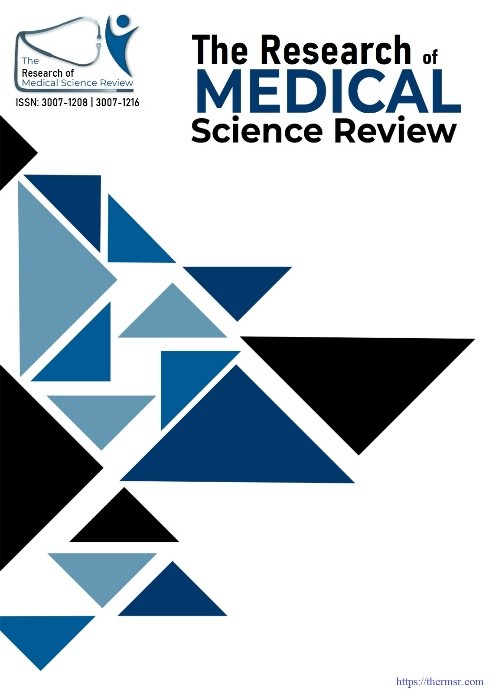A STUDY ON DIASTASIS RECTI: COMPARING LEAN AND OBESE PRIMIPAROUS WOMEN
Main Article Content
Abstract
Introduction: Diastasis recti is a separation of the two bellies of the rectus abdominis muscles along the linea alba with widening and fibrous division of the linea alba. Pregnant women, women in menopause, and new mothers are more likely to develop DRA. However, a number of risk factors have also been identified as advanced age, multiple parities, BMI, C sections, weight gain, high birth weight, numerous pregnancies, ethnicity, and benign joint hypermobility syndrome Objective: To determine the association between inter rectal distance and BMI in primiparous women and the prevalence of diastasis recti in lean and obese primiparous women. Methodology: This cross-sectional survey was conducted after approval from the ethical committee. In this study 172 primiparous non pregnant women aged 18-35, having BMI less than 24.9 or greater than 30 and women with spontaneous vaginal or C- section delivery were included with non-probability, non-convenience sampling technique. Structured questionnaire and 2 finger width measurement method were used to measure inter recti distance (IRD). The data were analyzed through SPSS version 21. Results: The result of this study shows that there is no significant association between diastasis recti and BMI in primiparous females because according to Chi-square test the P value is greater than 0.05 value. It comes that there was equal prevalence of mild diastasis recti both groups that was 58, while remaining 28 and 27 females with moderate diastasis recti were lean and obese respectively. Severe diastasis recti were found in lean was 2 and in obese was 3. Conclusion: We found that there was not significant but slight association of BMI and diastasis recti in primiparous females. As both showed equal prevalence of diastasis recti in both lean and obese primiparous females. It is evident that primiparous women either lean or obese has developed mild to moderate diastasis recti.
Downloads
Article Details
Section

This work is licensed under a Creative Commons Attribution-NonCommercial-NoDerivatives 4.0 International License.
